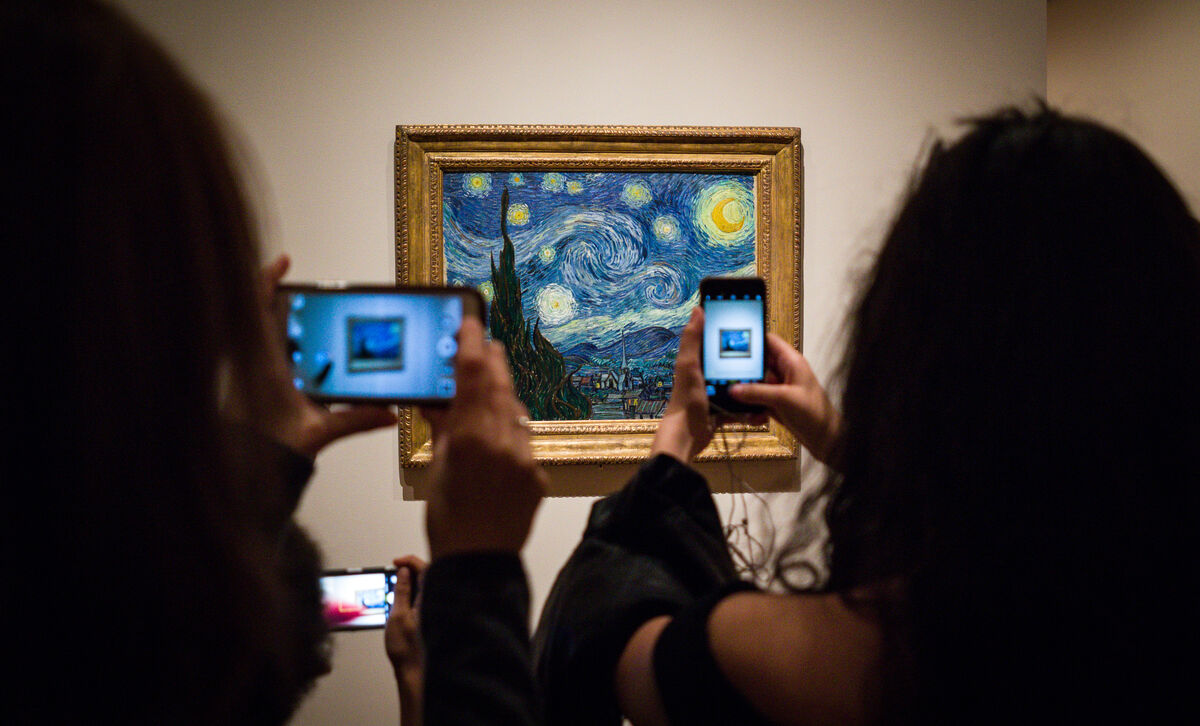Moving out of winter into spring isn’t an overnight event here in Vermont. The transition is a slow roll-out that offers plenty of time to savor the “two steps forward, one step back” nature of spring’s dance of color as it gradually returns to our landscape. Every day there is something else to notice, its discovery made all the more special by a muted backdrop and lack of visual competition.

United ©2020 Elizabeth Fram, Ink and colored pencil on paper, 8.5 x 5.25 inches
Mulling this idea over, as one tends to do while out on a walk, it occurred to me that there is a connection between this slow unfolding of spring and the way my daily drawings are currently evolving.

Blue Curtains ©2020 Elizabeth Fram, Ink and colored pencil on paper, 8.5 x 5.25 inches
The coronavirus may have stymied our weekly life drawing sessions at Maple Corner for the time being, but there are always other options. Lately I’ve been using the Sktchy app for my daily sketchbook practice. And while ordinarily I wouldn’t chose to draw from a photo, it’s surely better than not drawing at all. As with most limitations, it’s best to just look for any advantages and get on with it.

Yellow Shades ©2020 Elizabeth Fram, Ink and colored pencil on paper, 8.5 x 5.25 inches
So, back to how Vermont’s transition to spring might inform my drawings.
First, part of the reason I notice and appreciate the measured changes that arrive as our surroundings reawaken is that I walk the same general route every day with Quinn. In a similar vein, I also tend to make the biggest discoveries in my work through daily repetition. I don’t mean repeating each drawing exactly, but rather echoing the same parameters (coffee cups say, or in this case, head-shot portraits of the same size, all made with ink and colored pencil). In doing so over and over, parallels begin to rise to the surface that, once noticed, plant a seed for how I might play upon and push those ideas further in each new drawing.

Red Glasses ©2020 Elizabeth Fram, Ink and colored pencil on paper, 8.5 x 5.25 inches
The second part of this so-called vernal theory is that limited color, thoughtfully placed in tandem with shapes and patterns composed of black marks and cross-hatching, create a sense of energy and interest (at least I think they do) that might be lacking in a work with more extensive and fully fleshed-out color. I can’t shake the idea that often the strongest work is the most concise. (And that’s a great goal for me to be chipping away at, especially in light of how intricate my current stitched piece is).

In Process ©2020 Elizabeth Fram, Stitched-resist dye and embroidery on silk, stitched area approximately 10 x 8 inches. I still need to try to tone down that bulls-eye circle smack in the middle of her face. Hopefully as I do more to suggest her veil, it will help to solve the issue. I’ll have to keep the lessons from this post in mind, hopefully figuring out a solution without a full cover up.
One of the things I enjoy most about what I do is paying close attention to surrounding details and inferring unexpected connections from them. I can’t think of a better teacher than spring in Vermont to promote the lesson that you can often convey the most by saying the least.
❖
A recent email from our local library reminds me that even though its doors are closed, our librarians are still hard at work offering our community valuable resources, such as virtual programming for all ages. I know that lot of folks are having trouble concentrating on reading at this time, and to some degree I count myself among them. But I’ve been listening to a ton of audio books while stitching and drawing, all coming through my library’s RB Digital platform, and it’s been exactly what I’ve needed.
See what your library has to offer, and say a quiet thank you to Ben Franklin for ensuring we have this resource in times of calm and of crisis.
















































![[By Sarah Winman ] Tin Man: A Novel (Hardcover)【2018】 by Sarah Winman (Author) (Hardcover)](https://m.media-amazon.com/images/I/61GRcb--6pL._AC_UY218_ML3_.jpg)






